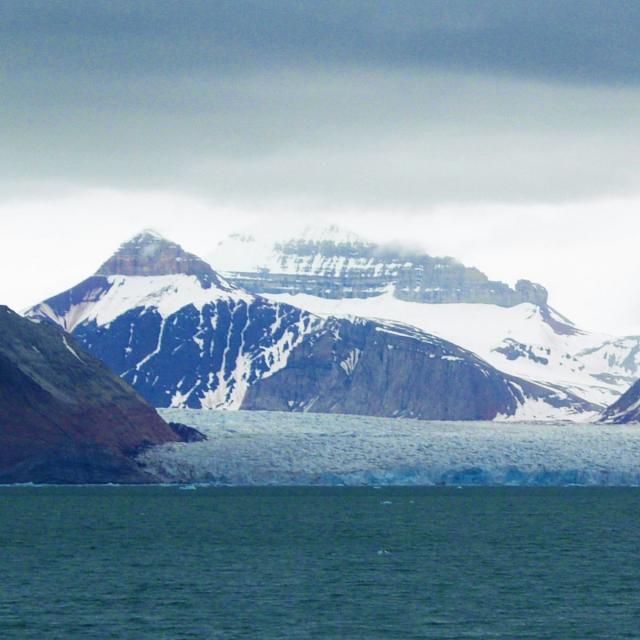MOOC List is learner-supported. When you buy through links on our site, we may earn an affiliate commission.

MOOC List is learner-supported. When you buy through links on our site, we may earn an affiliate commission.
Learning Objectives: Appreciate the long history of the Arctic and its peoples. Recognize and recall the physical geography of the Arctic, including major features of the Arctic Ocean and Arctic lands. Describe the key climate and environmental elements of the Arctic, including its sea ice cover, patterns of temperature, precipitation, snow cover, land ice, permafrost and vegetation, physical processes giving rise to these features, and how they are changing.
Course 1 of 3 in the Arctic Climate, Environ. & Geographies of a Changing North Specialization
Syllabus
WEEK 1
Introduction to the Arctic
This module provides a basic introduction to the Arctic. It starts with a description of the Arctic as a geographical region, followed by an overview of some of the pronounced changes unfolding in the region. History provides context. As such, we then explore how our knowledge of the Arctic has been built, starting with early explorations and events and then moving through the Cold War and into the present.
WEEK 2
Arctic Climate Basics
To understand the Arctic system and the changes taking place, we need to become familiar with some of the basic climate drivers and features of the region, starting with solar energy, polar night and the midnight sun. Attention then turns to spatial patterns of temperature, precipitation and cloudiness.
WEEK 3
The Arctic Ocean
The Arctic region is an ocean surrounded by land, and to understand the Arctic, we need to understand the Arctic Ocean. We start with discussing Arctic Ocean basics - its shallow shelf sea and deep basins, and then move on to discuss the ocean's floating ice cover. As we will learn, the ice cover grows and shrinks with the seasons and is in near constant motion, squeezing together to form sea ice ridges and keels and pulling apart to form leads.
WEEK 4
The Arctic Lands
As we will learn in this module, the Arctic lands are highly varied. we'll first explore the Greenland Ice sheet. Attention then turns to tundra, boreal forest and the typically ill-defined Arctic treeline. We will learn that a number of very large rivers drain into the Arctic Ocean, having prominent influences on the ocean. Finally, we'll explore permafrost, the perennially frozen ground that underlies most of the Arctic lands.
WEEK 5
The Arctic Atmosphere
In this module we'll learn all about Arctic weather, including storms and whiteouts. We will also learn that the Arctic, as a "heat sink" plays a key role in shaping weather patterns for the northern hemisphere as a whole. We'll then explore the concept of teleconnections - links between weather conditions between widely separated locations. Finally, we'll briefly review the Arctic's energy budget.
MOOC List is learner-supported. When you buy through links on our site, we may earn an affiliate commission.
MOOC List is learner-supported. When you buy through links on our site, we may earn an affiliate commission.
